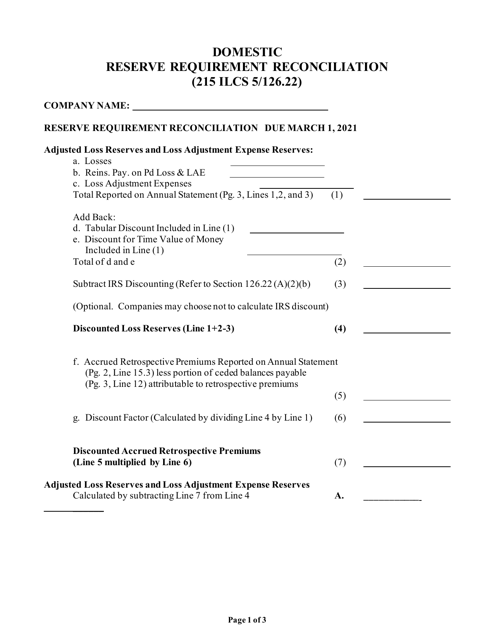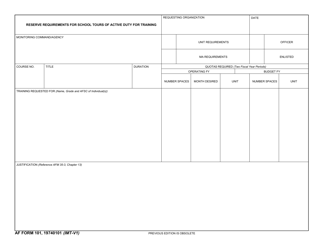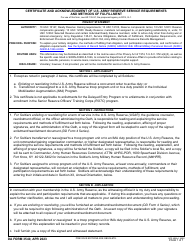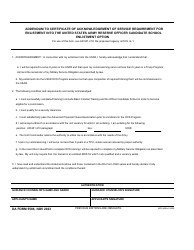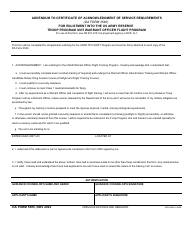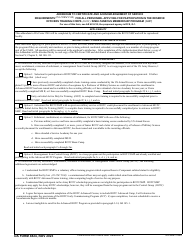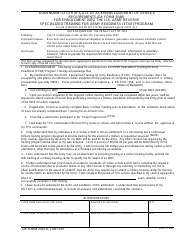Reserve Requirement Reconciliation - Illinois
Reserve Requirement Reconciliation is a legal document that was released by the Illinois Department of Insurance - a government authority operating within Illinois.
FAQ
Q: What is reserve requirement reconciliation?
A: Reserve requirement reconciliation is a process used by banks to ensure that they are maintaining the required amount of reserves.
Q: What are reserves?
A: Reserves are funds held by banks that are set aside to meet withdrawal demands from customers and other obligations.
Q: Why is reserve requirement reconciliation important?
A: Reserve requirement reconciliation is important to ensure that banks have enough funds to meet customer demands and maintain stability in the financial system.
Q: How is reserve requirement reconciliation conducted?
A: Reserve requirement reconciliation is conducted by comparing the reserves held by banks with the required reserve ratio set by the central bank.
Q: Who sets the required reserve ratio?
A: The required reserve ratio is set by the central bank, such as the Federal Reserve in the United States and the Bank of Canada in Canada.
Q: What happens if a bank fails to meet the reserve requirement?
A: If a bank fails to meet the reserve requirement, it may face penalties and restrictions on its operations.
Q: Is reserve requirement reconciliation specific to Illinois?
A: No, reserve requirement reconciliation is a standard practice followed by banks across the United States and Canada, not limited to Illinois.
Form Details:
- The latest edition currently provided by the Illinois Department of Insurance;
- Ready to use and print;
- Easy to customize;
- Compatible with most PDF-viewing applications;
- Fill out the form in our online filing application.
Download a printable version of the form by clicking the link below or browse more documents and templates provided by the Illinois Department of Insurance.
